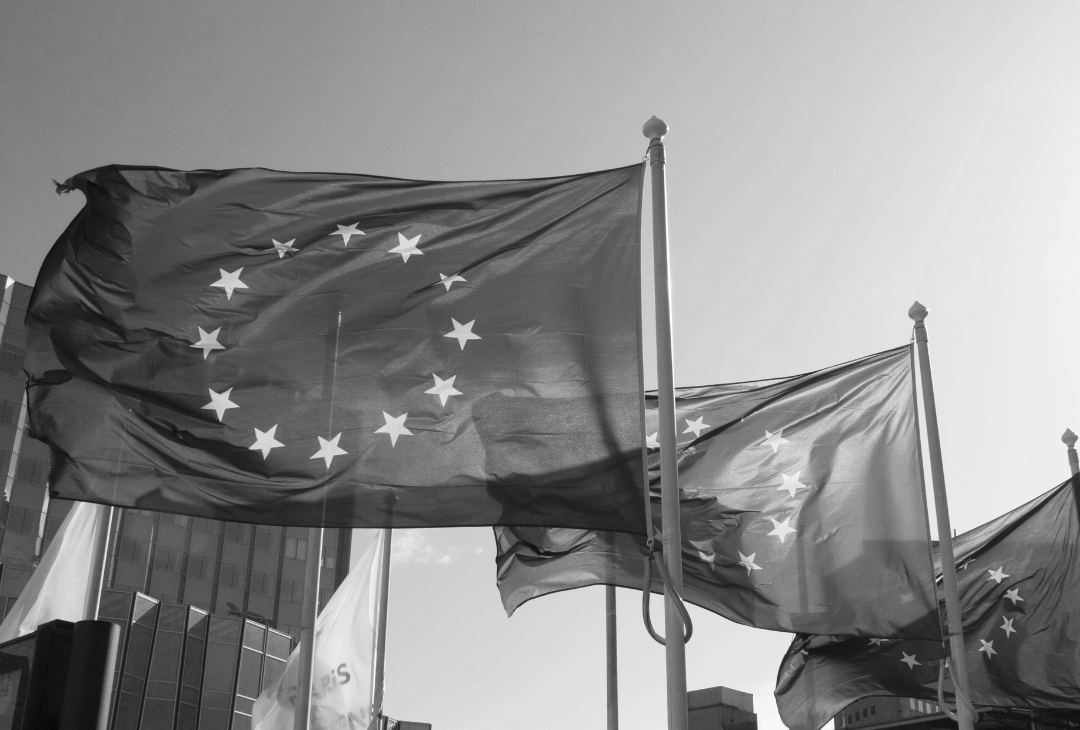Hovering Over the Abyss – What Could Trigger the Next Recession?

The US economy still seems “great”, at least on the surface. However, a powerful mix of factors all pointing toward the next recession is brewing. It reminds me of Wile E. Coyote, as he seems to bravely defy gravity for a moment until he notices that he’s running on air. As we head confidently toward the cliff edge, it’s wise to pause for a moment and reflect: what have been the triggers of past recessions and which trigger will be responsible for the next?
As a boy, I loved watching the Road Runner and Wile E. Coyote. I was always fascinated by Wile E’s ability to hover in mid-air before the long fall and the sound of the distant crash at the bottom of the gorge. Back then, I did not see any connection to economics and financial markets. However, I was recently reminded of precisely that stupid, tenacious coyote when I reviewed the latest economic indicators.
So, let’s assume we are headed for that mid-air stunt depicted above: what are the known triggers of past recessions and what might set off the next one?
The economic researchers of London-based Capital Economics studied the recessionary shocks since 1960, a total of 45 setbacks from Japan to Germany, in order to answer this question. Here’s a synopsis of the results.
Interest rate increases: In two-thirds of the cases, rising interest rates existed during the three years preceding a recession. More specifically, in 29 of 45 cases, interest rates rose by more than 2% within 2 to 3 years before the recessions.
Oil price shocks: In 13 cases, a drastic rise in oil prices occurred before the recession. The researchers noted that this factor appeared to play a greater role up to 1980. However, it may have played a role in the 2008 crisis too.
Asset bubbles: Drastically overvalued asset classes, or the aftermath of such bubble markets, have led to real estate crises, stock market crashes and the like. Asset bubbles triggered a recession in 16 cases.
Banking crises: Eleven recessions were preceded by banking crises: bailouts of banks, bank insolvencies, or bank runs. This trigger has been more prevalent during the last few decades, i.e. from around 1990.
Fiscal tightening: At times of excessive debt and deficits, governments may be forced to “spend less”. When deficits are reduced relative to GDP and when governments seriously address debt issues, the economy may take a temporary hit. 10 of 49 recessions were preceded by fiscal tightening.
Currency shocks: In eight cases, drastic increases in currency values (specifically, by at least one standard deviation) preceded a recession.
Demand shocks: Demand decreasing substantially in export markets has relatively direct implications for the economy. Globally and regionally receding demand has been a factor in most recessions.
These results are as interesting as they are worrying. Most of these triggers are present in the economy and the markets today. We have historically low interest rates. Financial assets are highly valued, and we are certainly witnessing a credit bubble. Debt is at historic levels, while the banking system is exposed to an unprecedented amount of international credit. The global economy is slowing down, with China importing less than in the past, as the country is much more economically challenged than most realize.
All in all, as far as potential triggers for the next meltdown go, take your pick. I’d say we might be able to stay suspended in mid-air for a while longer, but it looks like 2019 and 2020 could serve up some recessionary times that most investors are far from prepared for.





